Archives
- 2025-11
- 2025-10
- 2023-07
- 2023-06
- 2023-05
- 2023-04
- 2023-03
- 2023-02
- 2023-01
- 2022-12
- 2022-11
- 2022-10
- 2022-09
- 2022-08
- 2022-07
- 2022-06
- 2022-05
- 2022-04
- 2022-03
- 2022-02
- 2022-01
- 2021-12
- 2021-11
- 2021-10
- 2021-09
- 2021-08
- 2021-07
- 2021-06
- 2021-05
- 2021-04
- 2021-03
- 2021-02
- 2021-01
- 2020-12
- 2020-11
- 2020-10
- 2020-09
- 2020-08
- 2020-07
- 2020-06
- 2020-05
- 2020-04
- 2020-03
- 2020-02
- 2020-01
- 2019-12
- 2019-11
- 2019-10
- 2019-09
- 2019-08
- 2019-07
- 2019-06
- 2019-05
- 2019-04
- 2018-11
- 2018-10
- 2018-07
-
Raloxifene is a second generation SERM that has
2021-03-12

Raloxifene is a second generation SERM that has tissue-specific effects that differ from those of tamoxifen. Raloxifene was marketed for prevention and treatment of osteoporosis in postmenopausal women in the US and Europe. In a phase II randomized double-blind study, tamoxifen and raloxifene were e
-
We continued to investigate the contribution of the EP
2021-03-12

We continued to investigate the contribution of the EP1 sirtuin activators to nociceptive sensitization by utilizing its natural ligand PGE and tested the effect of local subcutaneous injection of PGE (5nmol in 5μl) into one hindpaw on mechanical and heat pain thresholds. Wild-type mice displayed ma
-
Cathepsin K Activity Fluorometric Assay Kit Here we discuss
2021-03-12
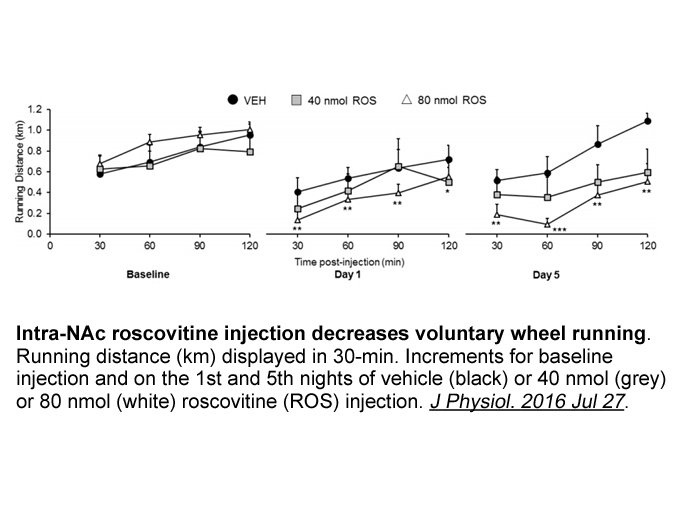
Here, we discuss implications of several major families of RING-type E3 ubiquitin ligases (MDM, Cullin, GRAIL, TRAF, TRIM) as targets in inflammation and immunity, and provide insights into potential small molecule interventions to mediate the cellular responses (summarized in Table 1). We briefly c
-
br E intracellular localization br Regulation of E by other
2021-03-12

E1 intracellular localization Regulation of E1 by other post-translational modifications Concluding remarks Acknowledgments We apologize to those whose work was not included because of space considerations or whose papers were unintentionally omitted. We thank Dr Peter Bullock (Tufts Uni
-
Introduction The Discoidin Domain Receptors
2021-03-12

Introduction The Discoidin Domain Receptors (DDRs), comprising DDR1 and DDR2, are collagen-binding receptor tyrosine kinases (RTKs) that function as microenvironmental sensors at the interface of the extracellular matrix and the intracellular signal transduction machinery [1]. In response to ligand
-
To determine direct DDR binding partners and to further
2021-03-11

To determine direct DDR1-binding partners and to further connect to Akt and mTOR signaling, we performed mass spectrometry on DDR1 immunoprecipitates and found various candidates of the Akt and mTOR pathway such as LARP1 (La-related protein 1) and RPS6 (40S ribosomal protein S6/ S6). Most intriguing
-
br Materials and methods br Results
2021-03-11

Materials and methods Results Discussion In our tissue array, we demonstrated that 14-3-3 tau mRNA and protein expression levels decreased in the preeclamptic placentas. 14-3-3 proteins are considered to be important in the functional regulation of trophoblasts and maybe associated with adv
-
Since its inception ADEPT approach has been widely
2021-03-11
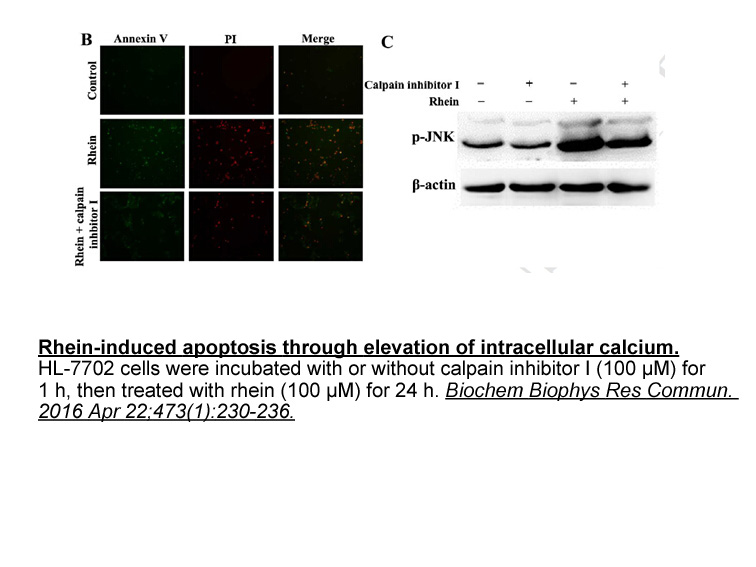
Since its inception, ADEPT approach has been widely reported by many groups using a variety of enzymes and prodrugs (see reviews) [12], [14]. Both mammalian and non-mammalian enzymes have been utilised. Of the mammalian variety, human β-glucuronidase in combination with many prodrugs [17], [18] and
-
There are two general approaches to building
2021-03-11
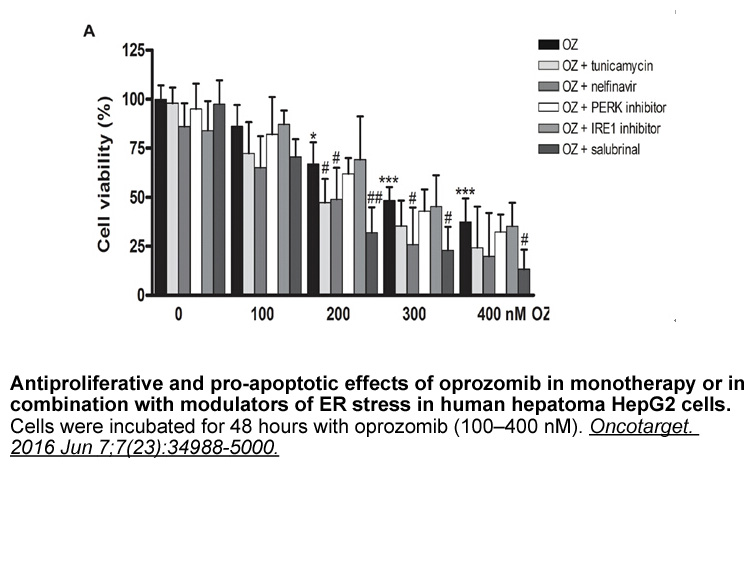
There are two general approaches to building Bayesian networks for the purpose of risk assessment. Researchers can implement static models that predict risk or survival at a snap-shot of time. For example, Loghmanpour et al. [10] created Bayesian network-based risk assessment models for patient data
-
Bearing in mind that temperamental traits are
2021-03-11
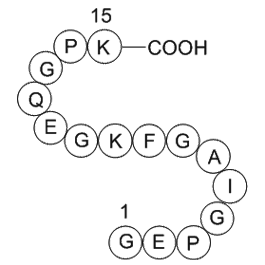
Bearing in mind that temperamental traits are genetically determined, in the present study we have chosen to investigate COMT and OPRM1 gene polymorphisms related to stimulation of the nervous system, which is extremely important in combat sports. The μ-opioid receptor gene OPRM1 is located on the
-
br Patients and methods br Results
2021-03-11
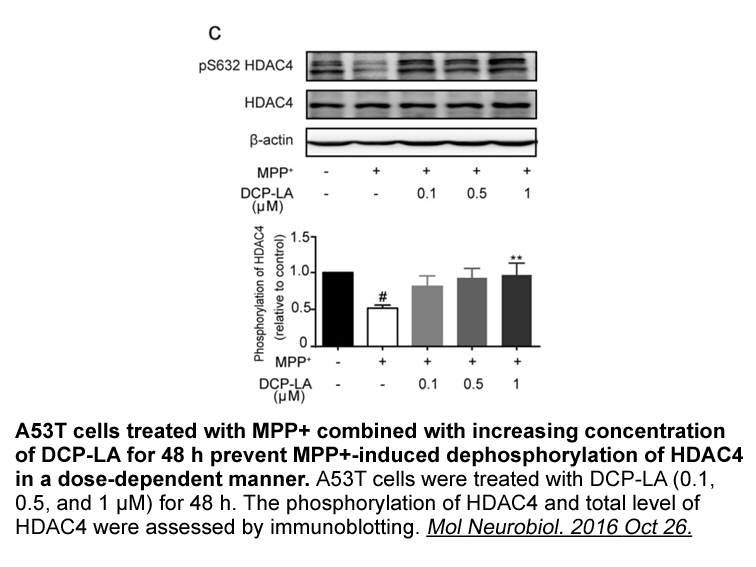
Patients and methods Results Table 1 shows relevant demographic and clinical characteristics of the 123 patients in the cohort. BAL fluid samples were obtained at a median of 172.5 days after allo-HSCT (range 3 days to five years). Discussion The definitive abandonment of traditional cultu
-
br Experimental Procedures br Author Contributions
2021-03-11
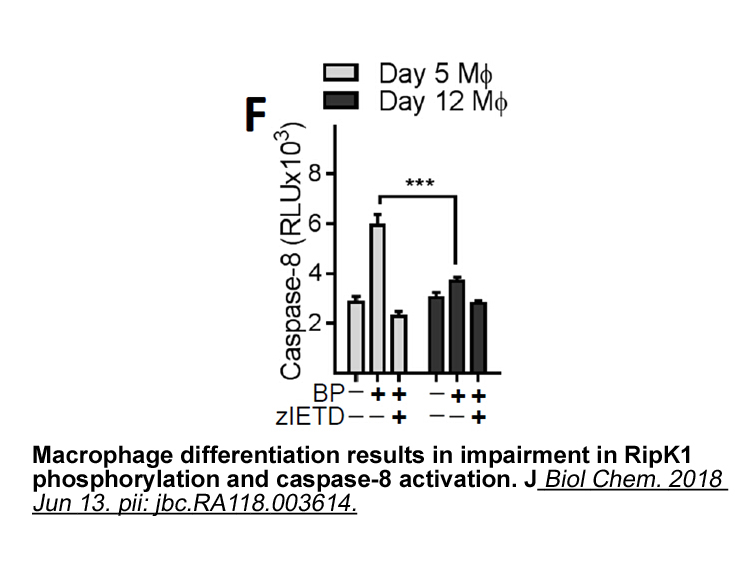
Experimental Procedures Author Contributions M.M. and M.T. designed and supervised the study. S.I. conducted the analysis on NOG-rd mice. H.-Y.T., M.F., and T.M. conducted and analyzed MEA. S.I., H.-Y.T., and M.M. performed 3D image analysis. N.K., T.K., M.G., and R.T. planned and established
-
br Experiments br Numerical simulations br Discussion br Con
2021-03-11
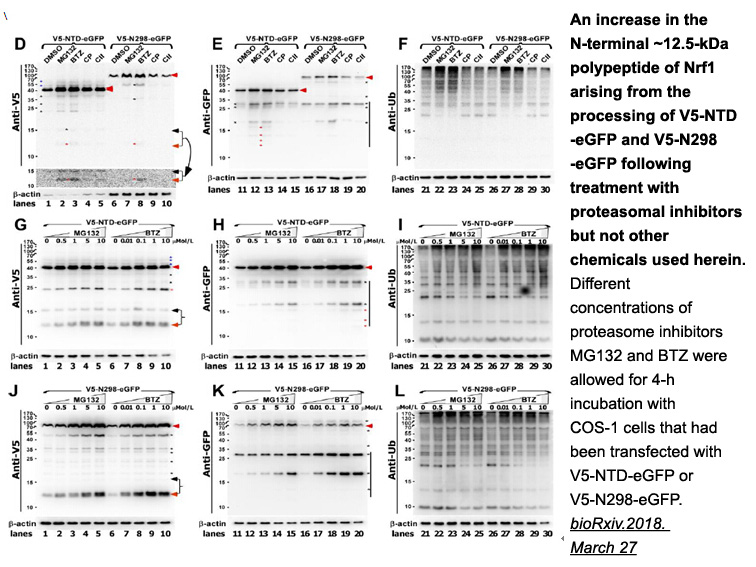
Experiments Numerical simulations Discussion Conclusions By large-caliber PELE with various d/D against RHA plate at low velocity of 415 m s−1, impact experiments against 30 mm RHA target were carried out. Numerical simulations were also conducted to monitor progress of PELE expansion an
-
It is well known that acrolein
2021-03-11
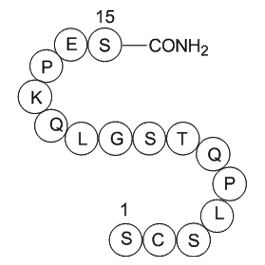
It is well known that acrolein, a metabolite of cyclophosphamide, is responsible for the cyclophosphamide-induced cystitis, and that acrolein is capable of activating TRPA1 channels expressed in the capsaicin-sensitive primary afferents [2], [11]. In this context, it is likely that the early phase o
-
The structure of the HOIP RBR LDD module bound
2021-03-11
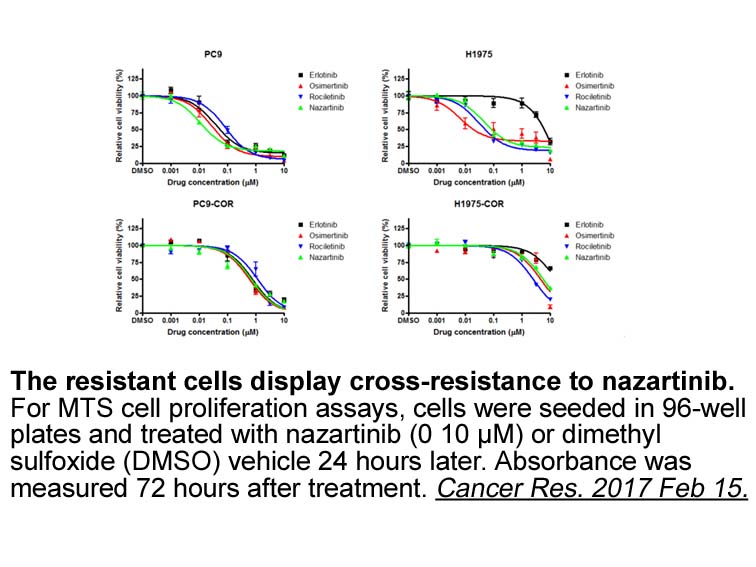
The structure of the HOIP RBR–LDD module bound to UbcH5~Ub reveals insights into an activated HOIP component [47]. Contacts between the E2~Ub and the non-cognate RBR module in the crystal suggest how a structure in which the active sites of the E2 and the E3 are in close proximity might look. In thi
11498 records 383/767 page Previous Next First page 上5页 381382383384385 下5页 Last page